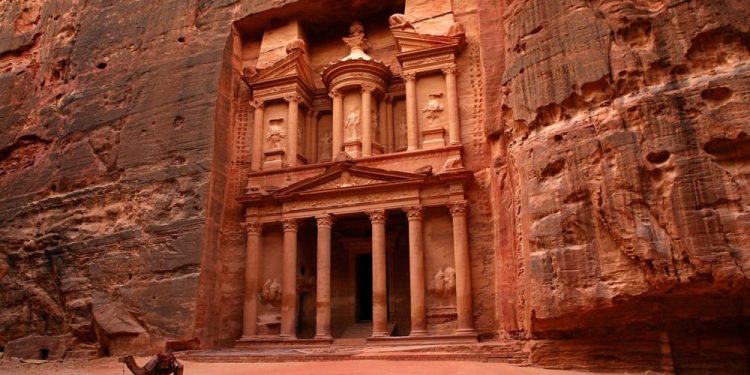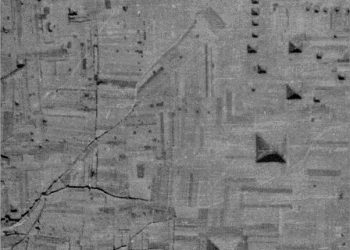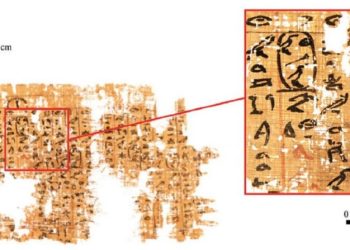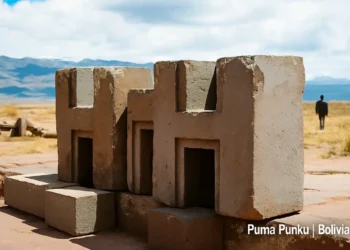In the annals of human history, countless cities have risen to prominence only to vanish, leaving behind tantalizing clues of their existence. These forgotten cities, once bustling centers of commerce, culture, and power, have been reclaimed by nature or lost to the sands of time. As we delve into the stories of these lost civilizations, we not only unearth fascinating tales from the past, but also derive invaluable lessons on resilience, adaptability, and the ephemerality of human achievements.
The Enigmatic City of Petra
Nestled within the mountains of modern-day Jordan, the ancient city of Petra stands as a testament to the ingenuity and architectural prowess of the Nabatean people. Established around the 4th century BCE, this once-thriving metropolis, with its remarkable rock-cut structures and intricate facades, was a critical nexus for trade routes connecting Arabia, Egypt, and the Mediterranean. However, as trade patterns shifted and the Roman Empire absorbed Nabatean territory, Petra’s importance waned, leading to its eventual abandonment around the 7th century CE. Today, the “Rose City” is an awe-inspiring UNESCO World Heritage Site, reminding us of the impermanence of human achievements and the impact of global connectivity on societies.
The Lost City of Angkor
Once the heart of the Khmer Empire, the city of Angkor in present-day Cambodia was home to over a million people at its zenith in the 12th century. The sprawling urban complex, with its intricate temples like the iconic Angkor Wat, and sophisticated water management system, was the epitome of ancient innovation. Yet, a combination of environmental factors, such as drought and deforestation, and sociopolitical issues, including invasions and internal strife, led to Angkor’s decline and subsequent desertion by the 15th century. The city’s overgrown ruins offer profound insights into the delicate balance between human civilization and its natural surroundings, emphasizing the importance of sustainable resource management and the consequences of environmental degradation.
The Jungle’s Hidden Gem
Tikal, a major city of the ancient Maya civilization, flourished in the dense jungles of what is now northern Guatemala from around 200 to 900 CE. Known for its towering pyramids, such as the Temple of the Great Jaguar, and advanced astronomical knowledge, Tikal was a hub of cultural and scientific development. At its height, the city supported an estimated population of 100,000 people. However, the city was eventually abandoned, likely due to a combination of environmental degradation, resource depletion, and warfare. Tikal’s downfall serves as a cautionary tale about the consequences of unsustainable practices, overpopulation, and the importance of peaceful coexistence.
Lessons from the Past for the Future
As we strive to build a better future, the echoes of these lost cities reverberate through time, offering invaluable insights. By studying the factors that contributed to their decline, we can identify key principles that will enable us to navigate the complexities of our modern world. Embracing change, fostering adaptability, and promoting sustainability are crucial for the continued success of human civilization. Furthermore, recognizing the interconnected nature of our world, we must prioritize cooperation among nations and cultures in order to address global challenges and ensure that the legacy of these ancient metropolises is not lost but rather serves as a guiding light for generations to come.











